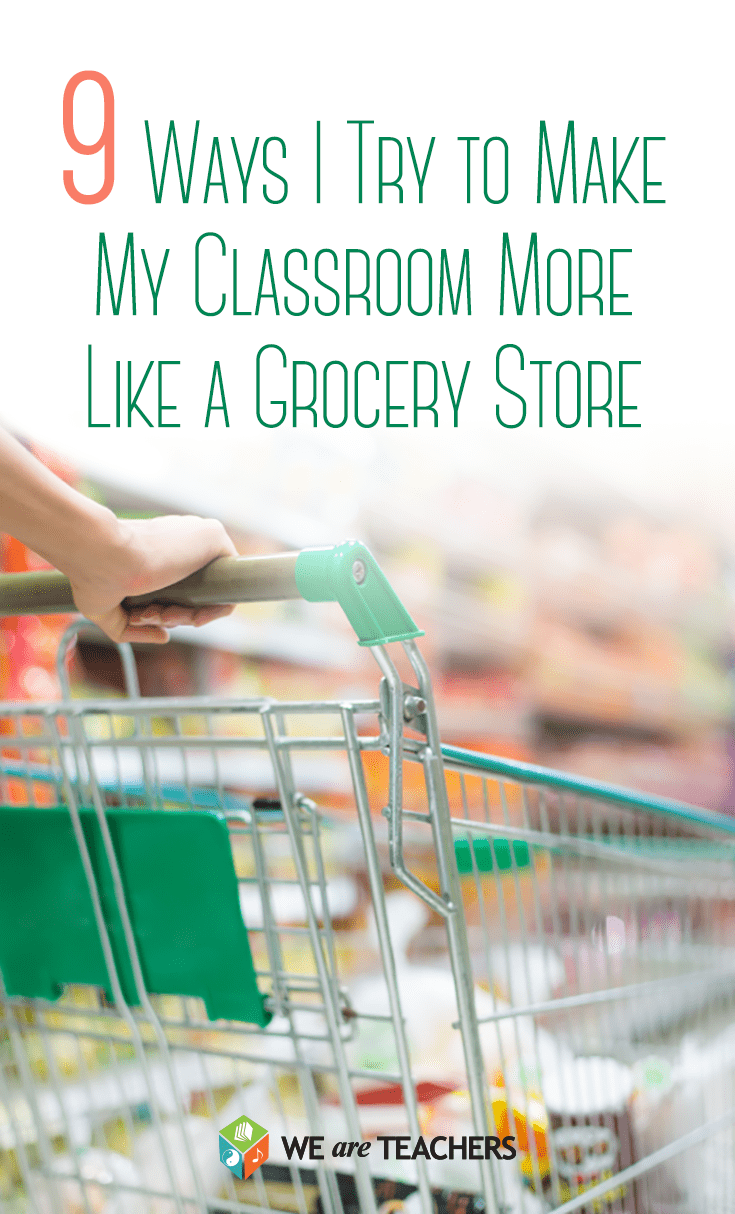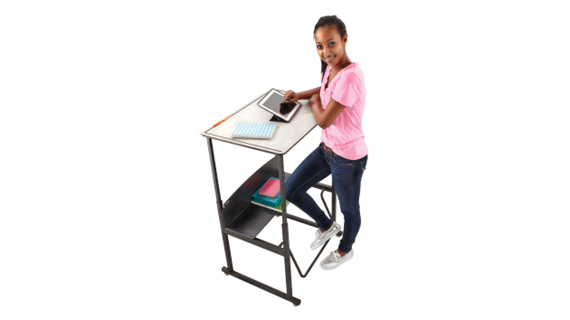Let’s take a moment to examine one of the biggest tricksters of all tricksters in our society: supermarkets. Supermarkets are the ultimate tricksters because it seems like no matter how resolute we are when we enter, we always end up buying something extra.
Take this common example:
You’re fiending for a bowl of Golden Grahams cereal and you realize you need more milk, so you head to the local trickster market. You tell yourself, “Just buy milk. Nothing else.” As you enter, you’re probably greeted by some smiley octogenarian who makes you think, “How sweet. Still smiling.”
After your verbal greeting, your nostrils are hit hard by some nearby sugary, fresh baked goods. You tell yourself, “No!” as you realize you have to walk allllll the way to the back to get that high quality leché. As you start your journey, brightly colored, misty, fresh produce lights up your visual cortex. Mid-tempo pop music bops over the speakers, telling you, “Hey, it’s cool. Take your time. I’m John Mayer. We’re familiar so relax.”
On the way to the back of the store, you see brightly marked “sale” tags making guerrilla warfare on your peripherals. “I normally wouldn’t buy these chips for $2.99 a bag. I have standards. But 3 bags for $8!? I’d be stupid NOT to buy some.”
Next thing you know, you’re in the cereal aisle, rationalizing why you should stock up on even more Golden Grahams. Candy bars taunt you behind your back. By the time you grab your milk and make it to the register, it’s twenty minutes later and your biceps are bulging from the basket of goods you’ve been holding. There are thirty potential registers, only three of which are open, forming lines just long enough to let you sit and stare at more candy bars, cheap purchases, and magazine covers casting the latest Kardashian drama. Impulse buys.
Supermarkets are designed, almost to perfection, to trick you into buying more merchandise. From the colors, to the sounds, to the organization, every decision is purposeful.
What if we made our classrooms just as purposeful? What if we engineered each decision of our classroom environment with clear intentions and outcomes, much like we plan our lessons?
My colleagues at The Quantum Learning Network have a saying: “Everything in your classroom environment is either promoting or inhibiting learning. There is no in-between.” Although we probably had at least 17 undergrad classes in which we were asked to discuss and design “our ideal classroom,” we often push environment aside to focus on instructional design and delivery—especially us secondary teachers.
But what if we treated our classrooms like businesses treat their sales spaces? What if we created supermarkets of learning, where a student may just want to come in and get some basic milk (a.k.a. daydream out the window) but he or she would walk out with a brain basket filled with new neural merchandise?
Read on for the Supermarket Sweep of making our learning environments more purposeful.
Reward Programs = Student Ownership
Most stores have rewards programs to encourage loyalty and a sense of belonging for the consumer. Apply this same idea to your classroom by providing a space or tradition that allows students to “own” the classroom.
– Dedicate a wall or a lectern or an object in which students can sign their name.
– Allow students to design a class mural.
– Let students chose how a bulletin board will be used.
End Cap “Sales” = Peripheral Learning
The bright tags and end displays at stores may catch our attention subconsciously. Do the same in your classroom by hanging affirmation signs and content charts.
– Hang icons and “to-be-completed” content charts before content is taught to generate curiosity.
– Place affirmation charts along windows so that our daydreamers at least get a boost of motivation.
– Post critical content like formulas, processes, and sentence patterns.
Convenience Purchases = Convenience Supplies
Cash register lines make impulse buys convenient. Consider what you want to be more convenient for your students and design accordingly.
– Place supplies like paper, writing utensils, and books close to doorways so students can grab them as they walk into the room.
– Do the same with your system for collecting papers or assignments.
– Post content charts at eye level to pencil sharpeners so students have something educational to look at as they grind away at those #2s.
Supermarket Greeter = Positive Start
That sweet old gal greeting you at the door of the supermarket primes your brain for familiarity and comfort. Your opening traditions can do the same.
– Greet every student at the door with a handshake, a high five, or a hello.
– Stay consistent with your bell ringer.
– Have students turn and tell each other how their day is going before discussing content.
Music Management
Different stores use different styles of music to convey energy or calm, familiarity or curiosity. Orchestrate some jams to better facilitate learning:
– Create playlists based on the learning states you may want. For example “Focus/Mellow” or “Upbeat/Energy”
– Cue up the music before you need the learning state, such as “Upbeat” with teenagers/zombies entering your class first period or “Mellow” as your kids/monsters enter after recess.
– Not much of a music aficionado? There’s one in your building, for sure. Give that hipster a reason to geek music and share some ideas.
– Make it easy on yourself. Bluetooth speakers are more affordable than ever, allowing you to control everything from your cell phone or tablet. Feeling frugal? Assign a “classroom DJ” role and allow a trusted student to manage music for you while you focus on teaching.
Mobility and Flow
Shelved aisles work great for keeping consumers moving along in a maze-like format. Clothing sections are more open, allowing shoppers to wander and catch sight of more options and deals. While you probably don’t have endless physical space, think about mobility and quick adjustments to change up learning flow.
– Don’t have a budget for furniture footies? DIY by hitting up your district’s tennis coach and ask for used tennis balls (many purchase new ones every season and simply toss the old ones). Use these to make your desk transitions quick and quiet.
– Train students early on simple formations or transitions. Tape or mark the floor so students know how to situate desks or tables in different ways.
Ambience Works
Beyond the basics of where to put things, stores are intentional with their lighting, colors, and displays. Rather than leave your room an insane asylum of white walls and buzzing fluorescent lights, give yourself some options.
– Purchase discounted string lights after the holidays to hang up for more of a mellow mood. Go next level by purchasing a remote activated outlet so you can switch the lighting with the push of a button and avoid putting your dairy-air on display to bend over for those outlets.
– Resale galore: Look for lamps on the cheap at garage sales. If you want the calming effect of plants, second hand stores almost always have fake ones on the cheap (bonus: Fake plants do not die from negligence).
Caveats to Consider:
1. Don’t stress yourself out: You don’t have the same design budget as Starbucks. Focus on one or two class environment upgrades a year. You’re practically a charity on that teacher salary, so hit up friends and family for donations.
2. Don’t overdo it. Too much decoration is a bad thing. A post from ABCNews summarizes the negative effects of too much decor.
What are your tips for creating supermarkets of learning? Post your thoughts—or better yet, your pictures—below.


